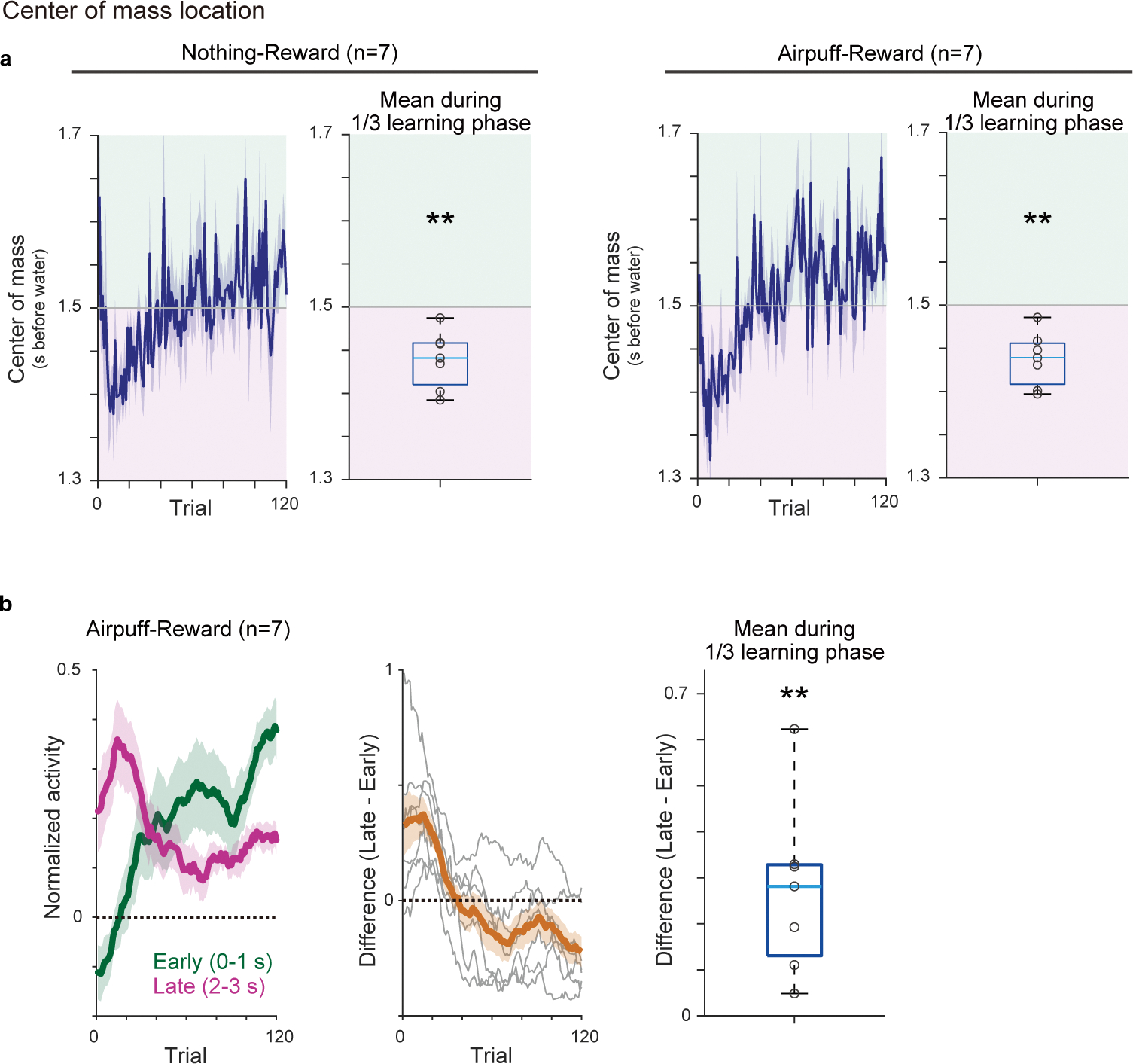Extended Data Fig. 5. Center of mass and time-course of cue responses during reversal learning.

(a) Time-course of center of mass of activity (0–3s after cue onset) over training, and average center of mass during the first 1/3 of learning period in all animals. The average centers of mass were significantly later than half time point (1.5s) (left, nothing to reward, t = −4.8, p = 0.28 × 10−2; right, airpuff to reward, t = −5.2, p = 0.18 × 10−2; two-sided t-test). (b) Responses to a reward-predicting odor in all animals (mean ± sem). early: 0–1 s from odor onset (green); late: 2–3 s from odor onset (magenta). Middle, difference between early and late odor responses (grey: each animal; orange: mean ± sem). Dopamine activity in the late phase was significantly higher than activity in the early phase during the first 1/3 of learning phase (t =3.8, p = 0.85 × 10−2; two-sided t-test). Center of boxplot showing median, edges are 25th and 75th percentile, and whiskers are most extreme data points. **p<0.01.
